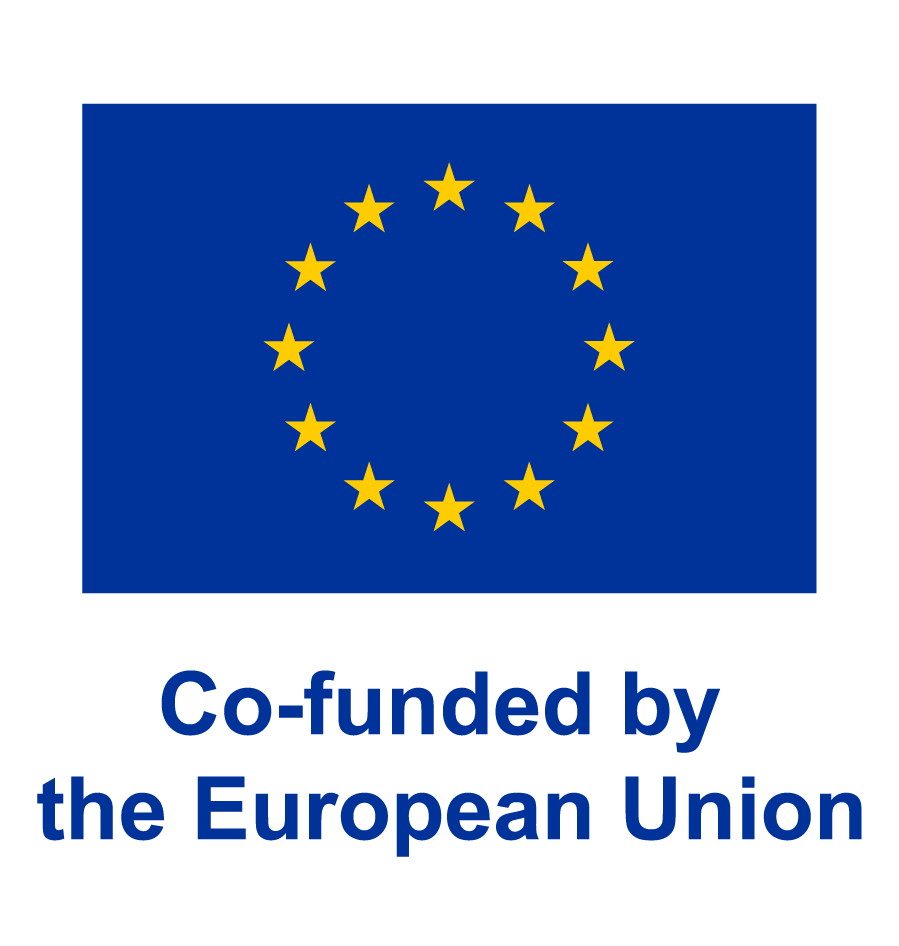Comparative Study of the Main Top-down Approaches for the Estimation of Measurement Uncertainty in Multiresidue Analysis of Pesticides in Fruits and Vegetables
P. Medina Pastor, A. Valverde, T. Pihlström, S. Masselter, M. Gamón, M. Mezcua, C. Rodríguez Torreblanca, A. R. Fernández-Alba.
2011, J. Agric. Food Chem. 59 (14), 7609-7619
Author Keywords
Uncertainty estimation; top-down approach; multiresidue method; pesticide residue harmonization
Abstract
Practical "top-down" approaches appear to be the most suitable for the evaluation of measurement uncertainty in pesticide residue testing laboratories, where analytical procedures are routinely applied to a large number of pesticide/food combinations. The opposite approach, "bottom-up" evaluation of measurement uncertainty, leads to great difficulties in evaluating all of the pesticides in a consistent way. Among the top-down approaches, there are two main ways in which measurement uncertainty can be estimated: One is based on default values, which are based on previous extensive interlaboratory experience and the proven accuracy of the laboratory; these include the Horwitz equation or the fit-for-purpose relative standard deviation (FFP-RSD). The other is based on experimental data from the quality control work of the laboratory: within-laboratory reproducibility, interlaboratory validation, or a combination of results obtained in proficiency tests. The principal existing guidelines from various bodies (Eurachem, Nordtest, and Eurolab) all propose different approaches for calculating measurement uncertainty. In this paper, the main top-down approaches are evaluated and compared using the data from the European Proficiency Test Database for Fruits and Vegetables and the Multiresidue Method validation databases obtained from the National Reference and Official Laboratories in Europe. The main conclusion of the comparative study is that a default expanded measurement uncertainty value of 50% could satisfy all of the requirements for facilitating and harmonizing, worldwide, the intercomparability of the pesticide residue confidence results between laboratories.
© 2011, J. Agric. Food Chem. All rights reserved.
If you want to obtain the full text document, please contact with us:
Octavio Malato: omalato@ual.es (+34) 950 214 423
Carmen Ferrer: cferrer@ual.es (+34) 950 014 102
Published 17-12-2010, 12:26:52
Top of Page

